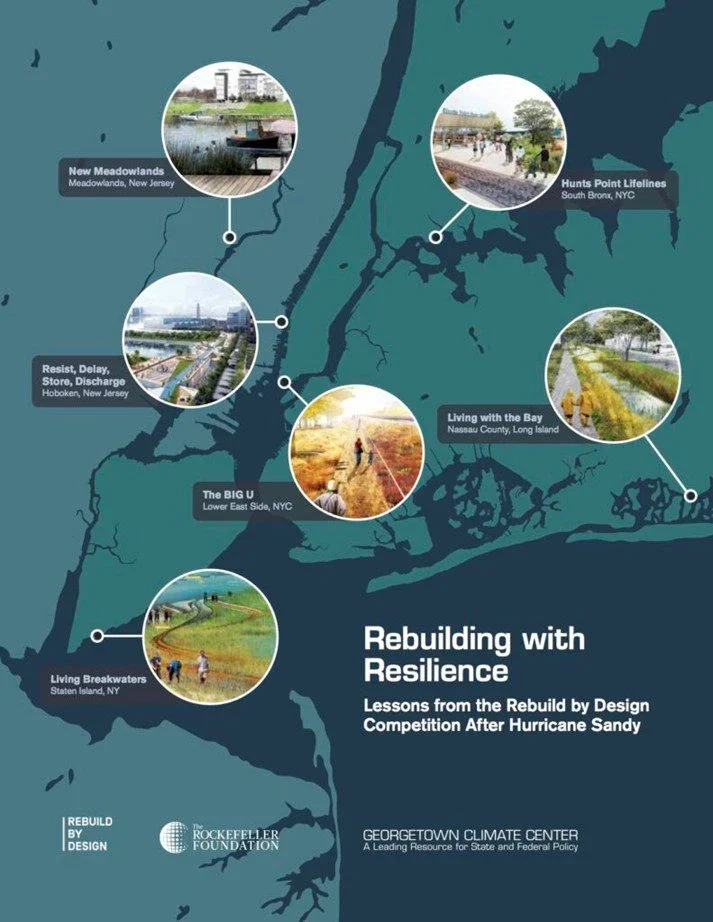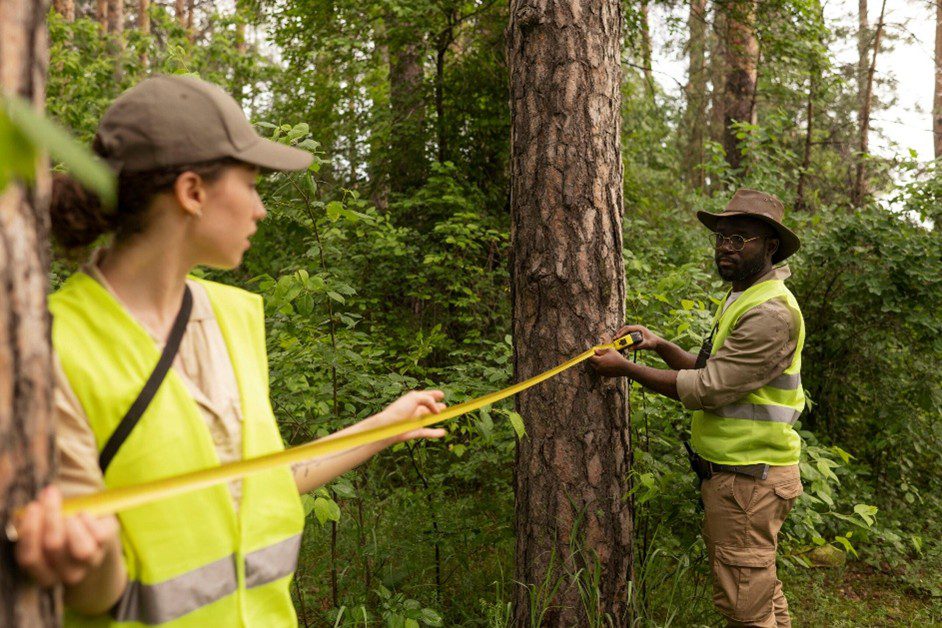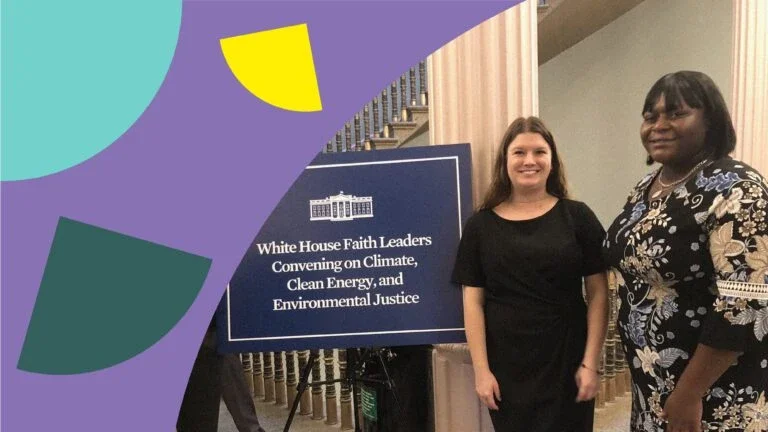
The result: Six greenlit proposals to rebuild infrastructure across New York and New Jersey. These projects were designed to not only help the area recover but ensure that it was more resilient against future threats. In addition to structural work, the projects created new jobs, tighter social cohesion, better air and water quality, and nature-based flooding barriers.
Over the following years, HUD and local governments allocated roughly $1.6 billion to the projects championed by the Rebuild by Design program.
Rebuild by Design became a model for how to use innovative approaches to rebuild communities affected by hurricanes, natural disasters, and climate-related impacts in ways that enhance physical, social, economic, and environmental resilience.




